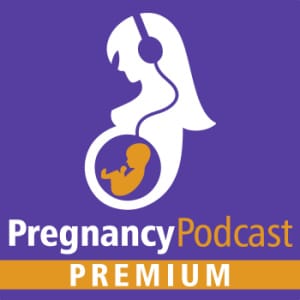Overview
Even if you plan to breastfeed exclusively, there is value in learning about bottles and formula if you decide or need to incorporate them to feed your baby at some point. You will use a bottle to feed your baby if you pump breast milk. If you stop breastfeeding before your baby’s first birthday, you must supplement with formula. You have many options for bottles and formula, and choosing the best fit for you and your baby can be challenging. This article is your comprehensive guide to bottle feeding your baby, from introducing a bottle to choosing the right formula.

